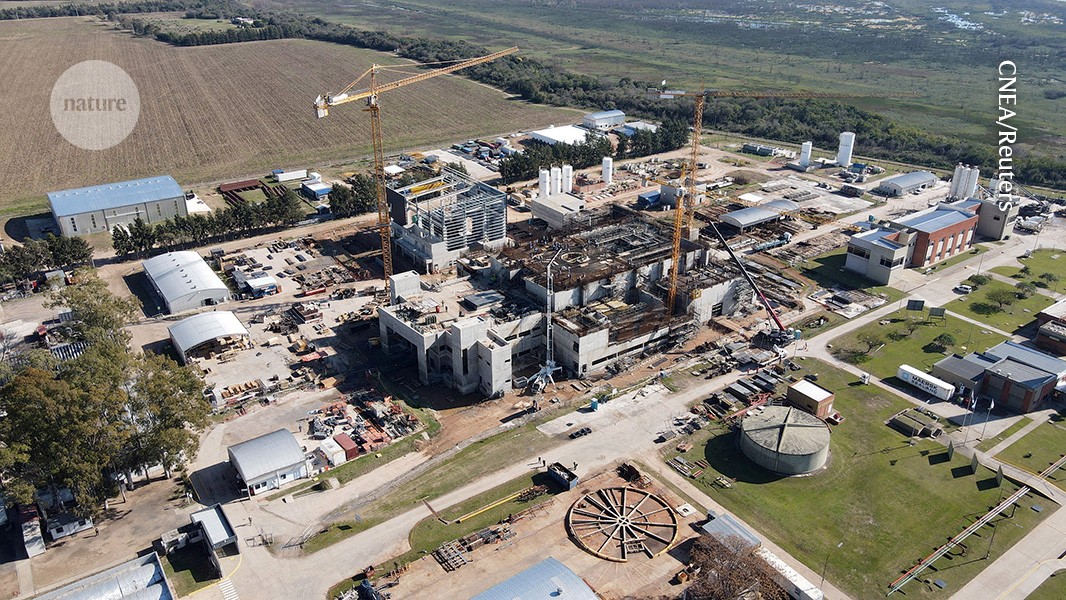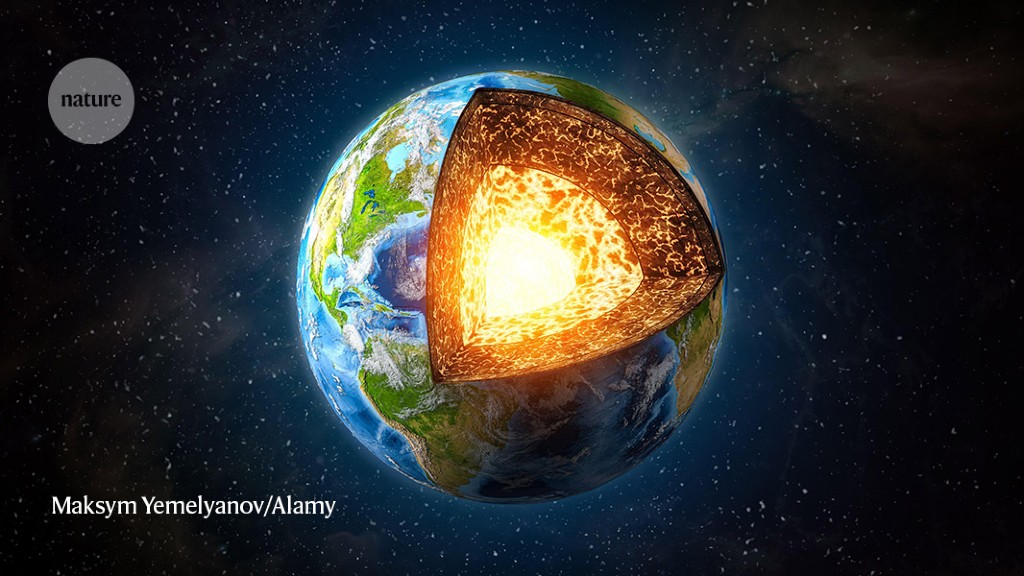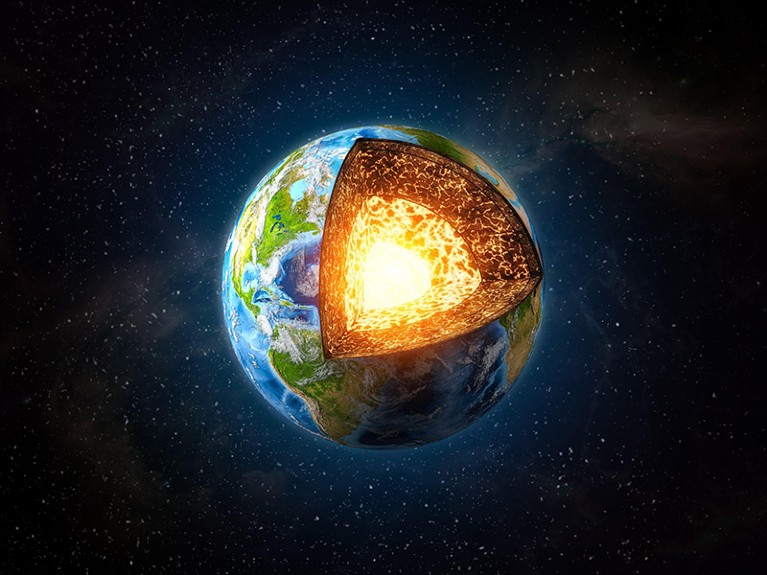Seismic waves have helped researchers learn about the layers that comprise the Earth’s solid centre.Credit: Maksym Yemelyanov/Alamy
The reverberations from earthquakes as they bounce back and forth through the centre of Earth have revealed new details about the structure of the planet’s inner core, according to a study published in Nature Communications this week1.
For several decades, evidence has been mounting to suggest that the planet’s solid inner core is made up of distinct layers2,3 but their properties have remained mysterious.
To better understand the innercore’s structure, researchers used multiple seismometers to examine how seismic waves are distorted as they pass through the solid ball of iron nickel at Earth’s heart. “Earth oscillates like a bell after a large earthquake, and not just for hours, but days,” says co-author Hrvoje Tkalčić, a geophysicist at the Australian National University in Canberra, Australia.
To detect these oscillations, researchers recorded the waveforms at close to the original site of the earthquake and at the antipode —the direct opposite position on the surface of Earth. This enabled them to look at the multiple journeys through Earth’s centre. “It’s like a ping-pong ball that’s bouncing back and forth,” says co-author Thanh-Son Pham, a postdoctoral fellow at the Australian National University. Each reverberation takes around twenty minutes to cross from one side of the planet to the other, and the seismometers recorded up to five bounces from a single event.
Stacked measurements
The original earthquakes each reached a magnitude of greater than six, but the waves got progressively weaker as they passed through Earth’s core. The researchers used a technique called ‘stacking’, in which they combined the waveforms from a single event to build a more detailed picture of the distortion from the innermost core.
They found that the waves traveled differently through the innermost inner core — which they estimate to be around 650 kilometres thick — than through the outer part. Waves passing through the innermost part of the core slowed down in one direction, whereas waves passing through the outer layer slowed down in another direction. “It simply means that the iron crystals — iron, which is dominant in the inner core — is probably organized in a different way than in the outer shell of the inner core,” Tkalčić says.
Geophysicist Vernon Cormier at the University of Connecticut in Storrs says that the study is important because it offers a measurement of Earth’s innermost section that was very difficult to achieve. “It requires finding seismic waves recorded at very long distance and that are fairly weak in amplitude, and then enhancing the amplitude so that you could measure the wave speed in the very deep interior of the Earth,” says Cormier.
Although the technique is routinely used for minerals exploration, it is not commonly used in geophysics.
The latest finding will help in understanding how Earth’s solid inner core formed — a process that is thought to have started somewhere between 600 million and 1.5 billion years ago — and what role that might have had in shaping the magnetic field.








More News
Argentina’s pioneering nuclear research threatened by huge budget cuts
The dream of electronic newspapers becomes a reality — in 1974
Japan can embrace open science — but flexible approaches are key